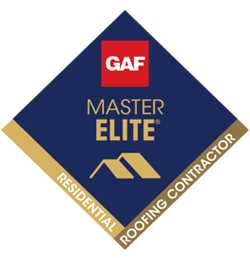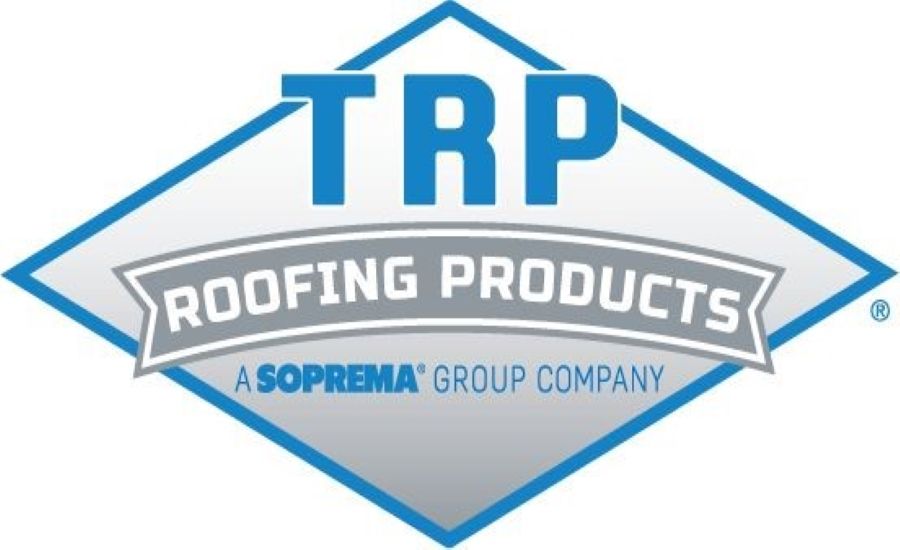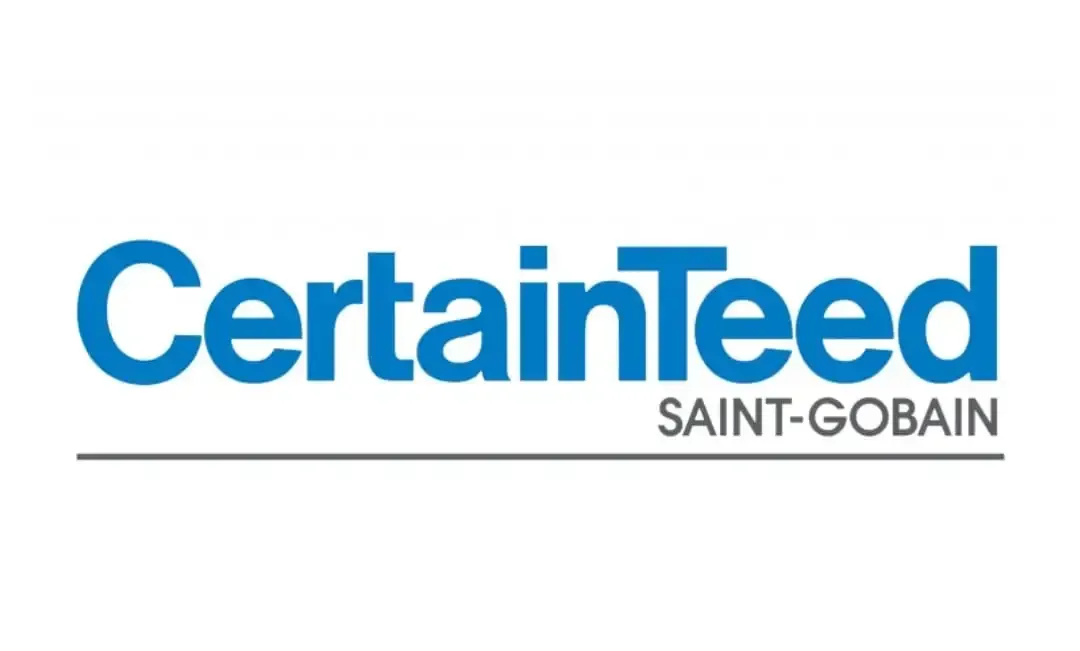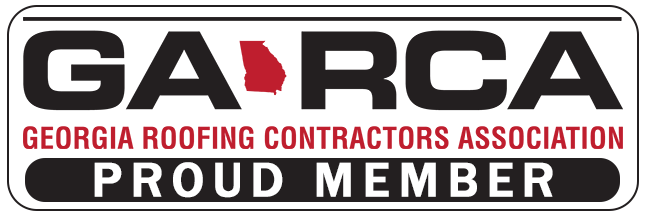All You Need to Know About Roof Inspections
A roof inspection is a critical aspect of maintaining a building's overall health and safety. It involves a thorough examination of a roof's condition and the identification of any potential problems that need to be addressed. In this article, we will discuss all you need to know about roof inspections, including their importance, what to expect during the inspection process, and how to prepare for one.
Why are Roof Inspections Important?
Roof inspections are important for several reasons. A well-maintained roof protects a building's interior from the elements, such as rain, snow, and wind, and prevents leaks and other types of damage. Additionally, regular roof inspections can help to identify potential problems early, allowing building owners to address them before they escalate into more costly and extensive repairs.
Roof inspections are also important for ensuring the safety of a building's occupants. A damaged or poorly maintained roof can pose a safety risk to anyone inside the building, especially in the event of a natural disaster such as a storm or tornado.
What to Expect During a Roof Inspection
During a roof inspection, a professional inspector will examine the entire roof, including its structure, material, and condition. They will also examine the roof's flashing, gutters, and downspouts, as well as any penetrations, such as chimneys, vents, and skylights.
The inspector will look for signs of damage, such as cracks, leaks, and missing or damaged shingles. They will also check for signs of wear and tear, such as worn or missing seals and loose or damaged flashings. Additionally, the inspector will examine the roof's ventilation and insulation to ensure that they are functioning properly and providing adequate protection from the elements.
The inspector will also check for any signs of water damage, such as staining or watermarks, and will examine the roof's overall condition to determine if it is in need of repairs or replacement.
How to Prepare for a Roof Inspection
There are a few things that building owners can do to prepare for a roof inspection. First, it is important to have access to the roof, either through a ladder or a roof access point. This will allow the inspector to get a close-up look at the roof's condition and identify any potential problems.
Second, building owners should clear any debris or obstacles from the roof, such as fallen leaves, branches, and debris, to ensure that the inspector has a clear and unobstructed view of the roof's condition.
Finally, building owners should gather any relevant documentation or information about the roof, such as the age of the roof, the type of material used, and any previous repairs or renovations that have been done. This information can help the inspector determine the overall condition of the roof and identify any potential problems.
Conclusion
Roof inspections are an important aspect of maintaining a building's overall health and safety. By identifying potential problems early, building owners can address them before they escalate into more costly and extensive repairs. During the inspection process, a professional inspector will examine the entire roof, including its structure, material, and condition, and will look for signs of damage, wear and tear, and water damage. Building owners can prepare for a roof inspection by ensuring access to the roof, clearing any debris or obstacles, and gathering relevant documentation or information about the roof.




















